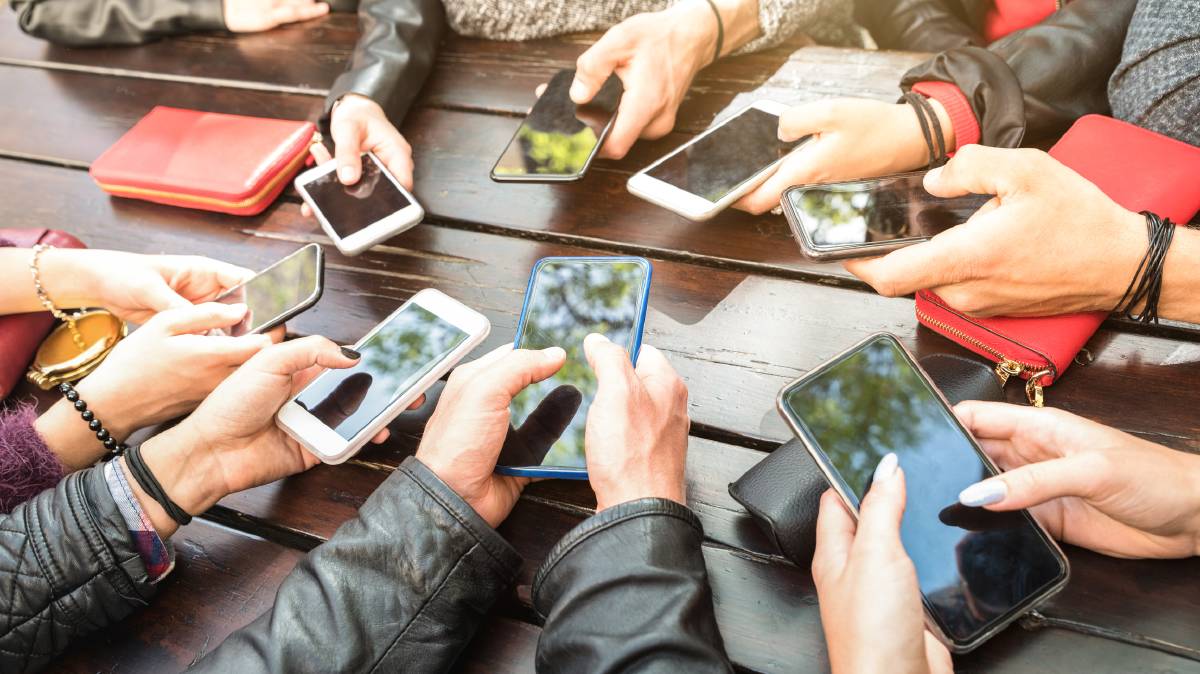Schedule an Appointment
by siteadmin

CELLPHONE PROBLEM
If your phone is acting up, it's best to try a hard reboot. This may fix issues like screen unresponsiveness or flickering.
Opening a cell phone isn't easy; manufacturers often use glue or tape to prevent end-user servicing. Fortunately, professional repair shops have special tools that can help open a device safely.
Cracked Screen
If your phone’s screen is cracked, it’s important to get it repaired as soon as possible. This is because even though it might look superficial, cracks can impact your touchscreen capabilities and make the device unusable. Additionally, they can also allow dust and moisture to enter the device which could lead to more severe damage in the future.
Thankfully, there are many mobile repair services that will fix your broken screen for a reasonable price. However, if you have the time and technical know-how, there are also some DIY solutions that can be used. These solutions range from using nail polish or toothpaste to tape or a screen protector. However, while these are vouched for online, they are not foolproof and come with their own risks.
One solution is to use a special kind of glue called Sugru moldable glue, which can be worked into the cracks and set for 12-24 hours. This may be enough to save your phone’s screen, but if it isn’t, you will still need to replace it. Another option is to get a tempered glass screen protector for your smartphone, which will cover the cracks and protect it from further damage.
Tape is also an excellent way to temporarily cover a cracked screen, but this is not a permanent solution. In fact, it can lead to more severe damage over time, as the cracks will expand as you use your device. Furthermore, using a piece of tape for a long period of time can cause the edges of your screen to be pushed outwards, which can cause the touch sensors to stop working.
If you have a cracked screen, the best course of action is to visit a reputable cell phone repair service as soon as possible. In addition, it is a good idea to check your manufacturer’s warranty timelines or any available insurance coverage, which might help defray the cost of repair. If you do not have any coverage, then a trusted after-sales service provider can provide you with reliable service like Schmitt Happens CPR .
Button Replacement
No matter how much you love your phone or try to protect it with ironclad cases and wipe its screen regularly, it’s inevitable that some buttons will get damaged over time. Whether it’s a power button or home button that starts acting up, it can throw off your whole smartphone experience. Thankfully, there are a few ways to fix it and save yourself the cost of a new device.
Some buttons can get stuck or stop working all together due to dust or a sticky substance that has settled on the surface. In such a case, the easiest thing to do is use rubbing alcohol and a cotton swab to clean the area around the button. Then, make sure to wait a while before pressing the button again. If that doesn’t work, you may need to visit a local repair store for professional help.
Another way to get your phone’s power button working again is by using an app that replaces it with a virtual option. There are plenty of these apps available on Google Play that do just that. However, it’s important to remember that these apps will affect battery life and your privacy since they require administrator access to run.
It’s also possible that the problem is caused by a software bug. Thankfully, there’s an easy way to test this by booting your phone into safe mode. This will disable third-party services and apps, and should make the power button behave normally.
There are do-it-yourself kits out there that let you replace your phone’s buttons yourself. However, these kits can be dangerous since they require working with very small and delicate parts of your phone. If you’re not comfortable with these risks, it’s best to visit a phone repair service center instead.
It’s also important to remember that it’s not always the power or home buttons that are broken, but other buttons like volume controls. So, it’s important to test all of the other buttons on your phone before you start replacing them. This will ensure that you’re getting the most out of your phone and will be able to use it in the best way possible.
Battery Replacement
Like any rechargeable battery, smartphone batteries have a lifespan. Most will begin to lose their charge faster after a certain number of full charges. The good news is that it's relatively easy to fix a dead battery on a phone by replacing it with a new one. Typically, this costs $25 or less at a local repair shop.
While battery replacement is a common service, it's also one of the more difficult repairs for an end user to tackle on their own. It requires some technical know-how, a set of special tools and some patience. The most important thing to keep in mind is that lithium-ion batteries can catch fire if punctured or damaged by sharp objects. This is why it's important to use tools specifically designed for this type of repair and to avoid sharp ones at all costs.
The best way to determine whether your battery needs to be replaced is by paying attention to the level of charge on your device. If it's dropping rapidly, that's a sign that it's time for a new one.
If you have a fairly recent iPhone or other Apple device, there's an easy solution: head to an Apple Genius Bar for an in-store battery replacement. The company will replace your old one for free if the device is still under warranty, and for a small fee if it's not.
However, you should always back up your data before seeking out a phone repair service. If you have a lot of valuable photos and other files stored on your phone, it's worth the extra effort to make sure you don't lose them. Before attempting any home repairs, it's also a good idea to familiarize yourself with your warranty's terms of service and return policy. Most manufacturers will not cover the cost of a device that's opened up and damaged by the end-user, so be careful.
Water Damage
Water damage is one of the biggest problems we encounter with phones. Even though most modern smartphones boast some kind of water resistance, this is usually only good for shallow water immersion for a short amount of time.
As soon as your phone hits water it starts to oxidize and corrode the components inside it. This can make it very difficult to fix. To help minimize this we recommend taking a few steps immediately after your device gets wet. Turn it off, remove the battery, and then dry as much of it as possible with a lint-free cloth. This will help ensure that you don’t lose important information. If you’re worried about losing data it is also worth checking with your renter’s insurance to see if they offer cell phone insurance.
The next step is to put the phone in a bag of rice. This helps to absorb any remaining water and can give it a chance to start working again. It’s also a good idea to do this with any other electronic devices that may have got wet. Avoid putting them in a microwave or oven, as the added heat can cause additional damage.
If you have a can of compressed air, use it to blow out any water that remains in the ports and other areas. Just be sure to only use a low psi setting so that you don’t damage the internal hardware. Also, avoid shaking the phone or swinging it around excessively as this will only do more harm.
Finally, you should also try to remove any other accessories that might be attached to your phone. This will help speed up the drying process as well. If you are a tech expert and don’t mind voiding your warranty, it can also be helpful to take apart your phone. This will allow the moisture in the components to dry out faster, but you should always do this with caution.
The final step is to schedule an appointment to your local repair shop for a full diagnosis. This will help determine exactly what is wrong with the phone and how to fix it. This can include a replacement motherboard, new coils, capacitors, or other electronics.
CELLPHONE PROBLEM If your phone is acting up, it's best to try a hard reboot. This may fix issues like screen unresponsiveness or flickering. Opening a cell phone isn't easy; manufacturers often use glue or tape to prevent end-user servicing. Fortunately, professional repair shops have special tools that can help open a device safely. Cracked…
